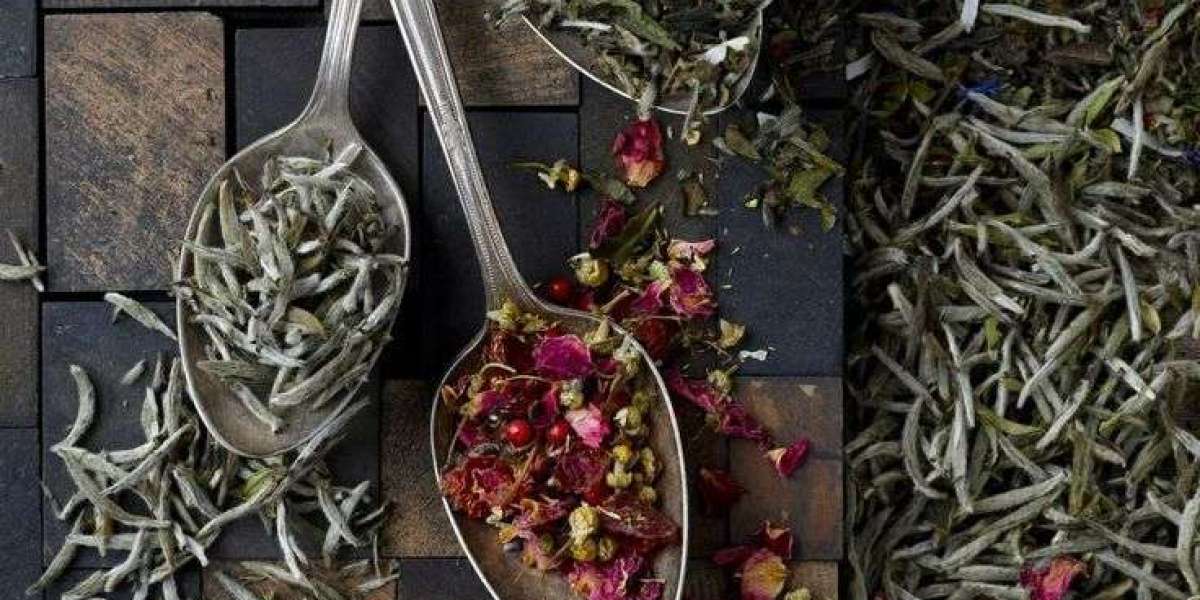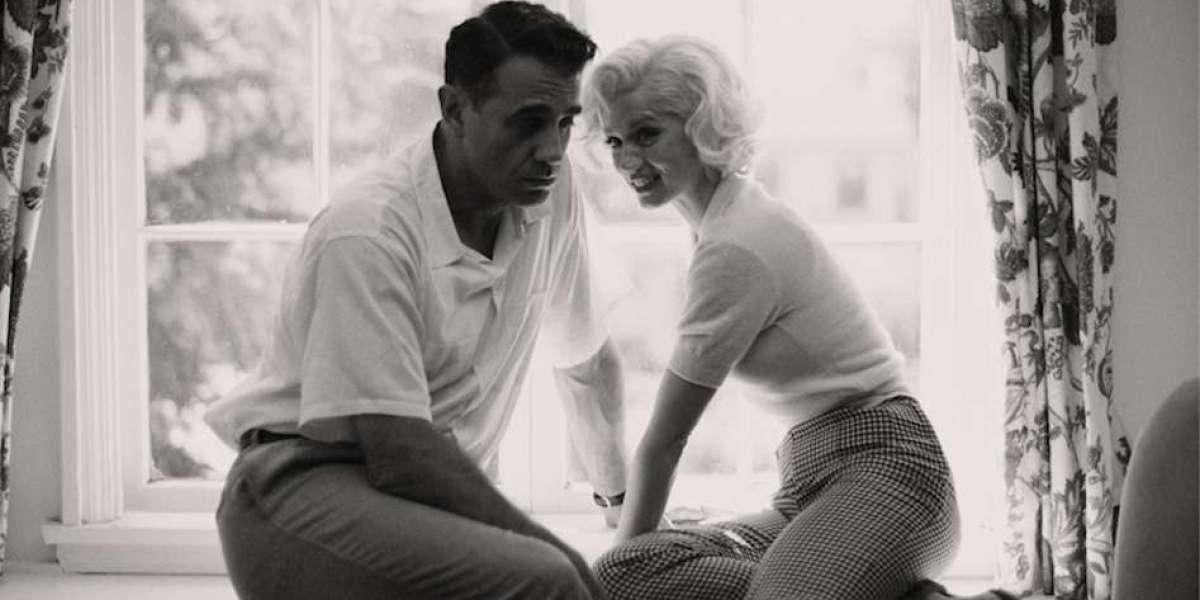Main Types of Oolong Tea
Tie Guan Yin (Iron Goddess of Mercy)
Originating in Anxi, Fujian, this light oolong is famous for its floral fragrance and silky texture. Its name is steeped in folklore and Buddhist legend, and it’s often considered one of the most elegant teas in China.Da Hong Pao (Big Red Robe)
A legendary Wuyi rock tea known for its intense roasted flavor and minerality. Authentic Da Hong Pao from old mother bushes is extremely rare and valuable.Shui Xian (Water Sprite)
Another rock tea with a rich, woody aroma and sweet aftertaste. It’s often enjoyed in the Wuyi region for its warming qualities.Dong Ding Oolong
From Taiwan, this tea is partially oxidized and sometimes lightly roasted, with a balanced flavor of fruit and cream.Oriental Beauty (Bai Hao Oolong)
Highly oxidized and naturally sweet, this Taiwanese tea is known for its honeyed aroma and a complex, fruity flavor, enhanced by leafhopper bites that initiate a natural oxidation process.
The Gongfu Brewing Tradition
The Gongfu Cha method—literally “tea with effort”—is the traditional Chinese way of brewing oolong tea. It involves using small teapots, short steeping times, and multiple infusions. This method allows drinkers to appreciate the evolving taste and aroma of the leaves with each pour.
Steps for Gongfu Brewing:
Rinse the leaves quickly with hot water to awaken their aroma.
Steep for 20–30 seconds initially, increasing time with each brew.
Use a gaiwan or Yixing teapot for best flavor release.
Enjoy in small sips to experience the full complexity.
Oolong in Chinese Culture
In Chinese households, oolong tea is a sign of hospitality and respect. It is served during festivals, to honor guests, or simply in the afternoon for contemplation. The variety and artistry behind oolong reflect Chinese values of harmony, balance, and patience.
Modern Adaptations
Oolong has also found its place in contemporary settings—from cold-brewed options in cafes to use in cocktails and culinary dishes. Its adaptability makes it popular worldwide, bridging traditional tea appreciation with modern tastes.
Conclusion
Whether enjoyed traditionally or with a modern twist, oolong tea remains a celebration of flavor, culture, and craftsmanship. Its story continues to evolve, but its essence—depth, balance, and beauty—remains timeless.








